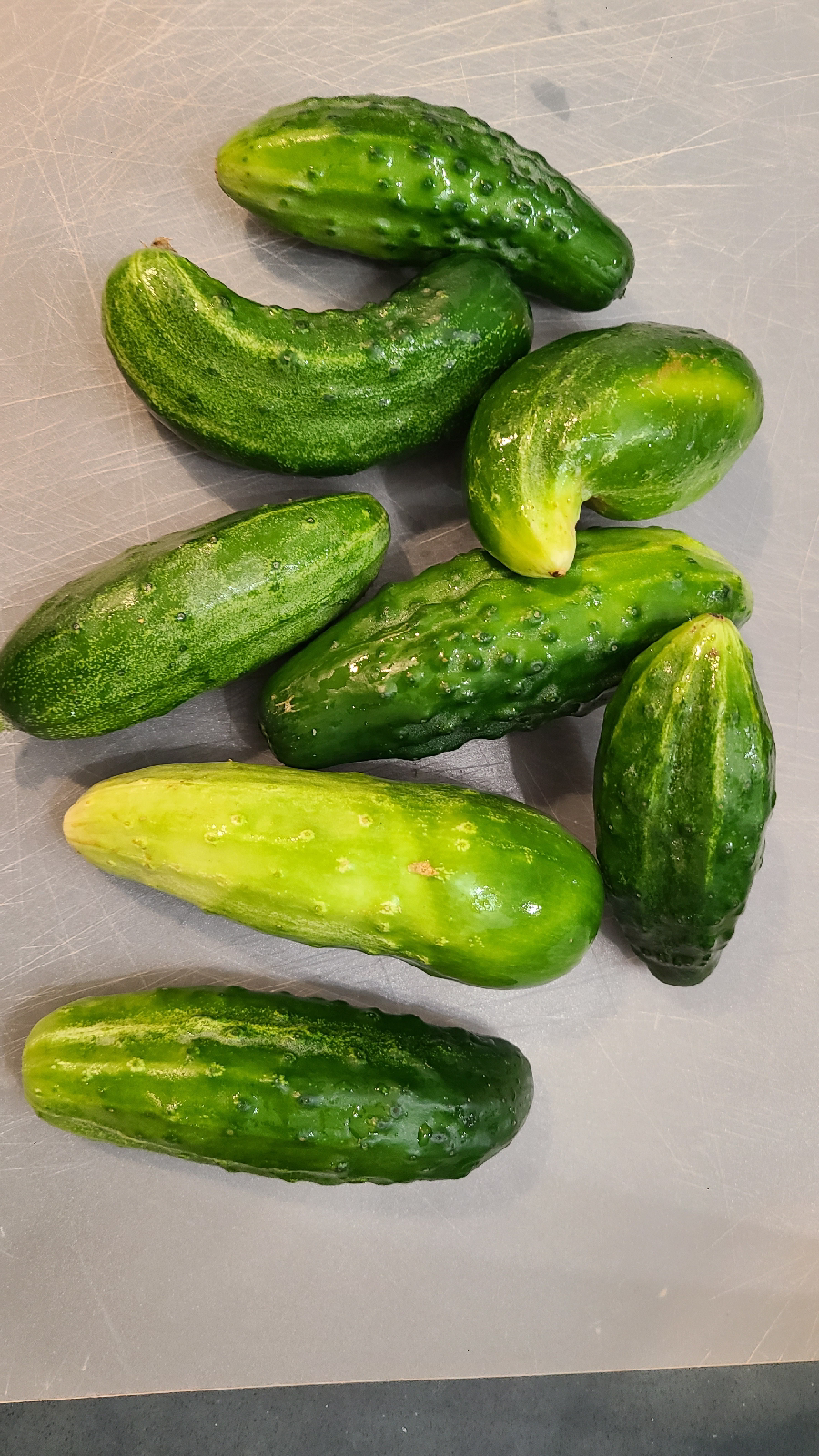Cover Cropping
As fall approaches, most backyard gardens start to look pretty meager. Unfortunately, I've let weeds and grasses get a little out of hand as well - we've all been there right?
While it seems most folks don't put much effort into fall vegetable gardening (guilty!), this is a time you can extend your vegetable season with certain limited cold hardy crops. Kale, lettuce, even some peas and beans can be some great fall producers, though these do need planned out early and started well within the summer window.
If you are like me this year and have gotten to fall, and your garden is overgrown and you are wanting to hold onto every last minute of tomato production you can get, there is still an option for how to use this otherwise idle time for your garden to help your production next year!
Winter Cover Crops.
Simply put this is a grass or legume that you grow fall through spring to improve the quality of your garden soil. Having a cover crop can help smother weeds, improve soil structure, reduces soil erosion, and adds oft-depleted nutrients to the soil.
 |
| Cover Crops in Ag Field, Photo: USDS NRCS |
Select a Cover Crop
Most recommendations for cover crops come in two categories. The first is a quick establishing grass or grain. The second is a legume of some variety. Grasses and grains can have deeper penetrating roots and provide more of a physical lift to the tilth of the soil. Legumes are a group of plants which "fix" atmospheric nitrogen into the soil; in most backyard gardens nitrogen gets depleted and needs boosted annually. Some root crops and brassicas are also used as cover crops, or in cover crop mixes.
Grasses and grains typically used include winter wheat, winter rye, buckwheat, oats, among others.
Legumes include clovers (red or crimson), hairy vetch, or field peas.
The easy way to go about this if you just want to get a cover crop is to go with a cover crop seed mix. I like the idea of a little variety. Getting some nitrogen fixing and some of the soil stabilization of the grasses and grains, too.
If you are especially late getting your cover crop planted (hey we all get busy), you may opt for the more cold hardy options like clovers, winter rye, and winter wheat. These can all be planted into October and right up to first frost date.
Let's Do It:
After your final harvest, and ideally with about 4 weeks before the first frost, till or otherwise prep your soil as you would to prepare for spring planting if you are using no-till methods. Select a cover crop. Throw the seed out according to rates for whatever cover crop you chose, and rake into the soil gently. Water lightly. Enjoy a green garden for most of the winter, and most importantly, significantly improved conditions the following spring.
Once spring comes you can still your cover crop into the soil, or cut it low and start your no till methods.


Comments
Post a Comment